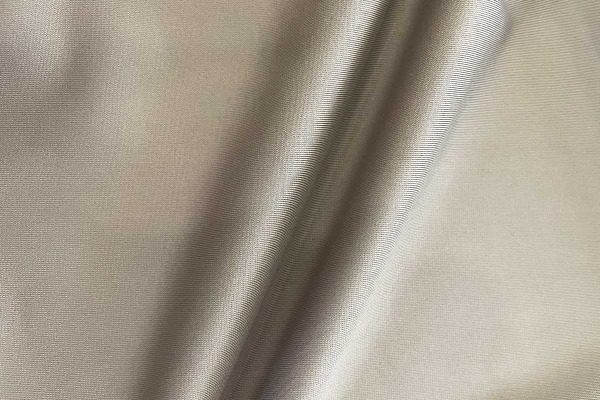The choice of fiber in sportswear knitted fabric is crucial because it directly affects the performance characteristics such as moisture management, elasticity, durability, and comfort. Here’s a breakdown of how different fibers influence these factors:
Polyester
Moisture-Wicking: Polyester is hydrophobic, meaning it repels water, making it excellent at wicking moisture away from the skin. This keeps athletes dry and comfortable.
Durability: Polyester fibers are strong and resistant to abrasion, making the fabric long-lasting and ideal for high-intensity sports.
Quick-Drying: Polyester dries quickly, which is beneficial for sportswear used in hot or humid environments.
Elasticity: While not inherently elastic, polyester is often blended with spandex to provide stretchability.
Nylon
Strength: Nylon is known for its high strength and resilience, which makes sportswear durable and resistant to wear and tear.
Softness: Nylon fabrics tend to be softer and more comfortable against the skin compared to polyester.
Moisture-Wicking: Like polyester, nylon also wicks moisture, but it may retain more moisture than polyester, leading to a longer drying time.
Elasticity: Nylon has some natural stretch, which enhances comfort and allows for better movement.

Spandex (Elastane/Lycra)
Stretchability: Spandex is highly elastic, often blended with other fibers like polyester or nylon to add significant stretch and recovery. This makes the fabric ideal for form-fitting sportswear.
Comfort: The stretch provided by spandex contributes to a snug fit, reducing friction and improving overall comfort during movement.
Durability: While spandex adds elasticity, it is less durable on its own and is therefore usually blended with more robust fibers.
Cotton
Comfort: Cotton is breathable and soft, offering a high level of comfort. However, it retains moisture, which can make it less ideal for high-performance sportswear.
Durability: Cotton is less durable compared to synthetic fibers and can shrink or lose shape over time.
Blends: Cotton is often blended with synthetic fibers to improve its moisture-wicking ability and durability while retaining some of its natural comfort.
Wool
Thermal Regulation: Wool is excellent for thermal regulation, keeping the body warm in cold conditions and cool when it’s hot. This makes it suitable for outdoor sportswear.
Moisture Management: Wool can absorb a significant amount of moisture while still feeling dry, though it dries slower than synthetic fibers.
Odor Resistance: Wool naturally resists odor, making it ideal for sportswear that needs to be worn for extended periods.
Blends
Customization: Blending different fibers allows manufacturers to create fabrics that balance various properties, such as the comfort of cotton, the durability of polyester, and the stretch of spandex.
Performance Optimization: Blends are often used to optimize performance for specific sports. For example, a polyester-spandex blend might be used for yoga pants to combine moisture-wicking and stretch.
The choice of fiber in sportswear knitted fabrics is a key determinant of the fabric’s performance. Each fiber type offers distinct advantages, and blends are often used to achieve the best combination of properties for specific sports or activities. Whether prioritizing moisture management, stretch, durability, or comfort, the right fiber selection can significantly enhance the effectiveness and user experience of sportswear.




 简体中文
简体中文
